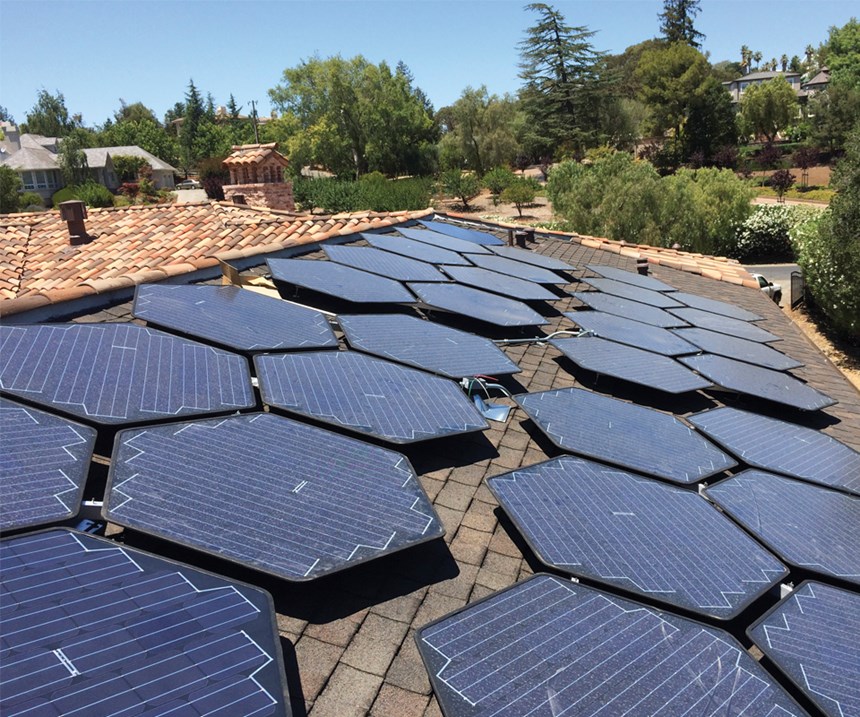Instead of being constructed from solid silicon wafers like mono or poly crystalline solar panels amorphous panels are made by depositing non crystalline silicon on a substrate like glass plastic or metal.
Difference between crystalline and amorphous solar panels.
Like conventional solar panels amorphous solar panels are made from silicon but they are constructed in a different way.
Polycrystalline cells are generally 13 15 efficient.
Crystalline panels need to be as perpendicular to the sun as possible to achieve the best performance.
Amorphous panels are also lighter in weight and more portable than monocrystalline or polycrystalline panels producing the same amount of energy.
Adding to your system in the future as mentioned the panels we use are some of the best in the solar industry proven long lasting produced in high quantities and will still available for.
They can also withstand the summer heat where mono or polycrystalline panels lose efficiency in the same ambient temperatures.
Amorphous is inherently less efficient than crystalline only being around 7 10 efficient at light conversion compared to a crystalline panel of the same size which has typically between 12 15 efficiency.
Efficiency ratings are a calculation of the amount of power produced compared to the physical size of the panel.
They are solid black without the normal silicon cell outlines you see on the face of a crystalline solar panel.
Here are the instructions how to enable javascript in your web browser.
Thin film solar panels are completely different from monocrystalline and polycrystalline solar panels.
The difference between a 1kw system and a 1 3kw system may not sound like much but there s a huge difference in power output.
Usually thin film solar panels are lightweight and flexible making them easy to install.
Amorphous panels are in the 8 9 efficiency range.





















